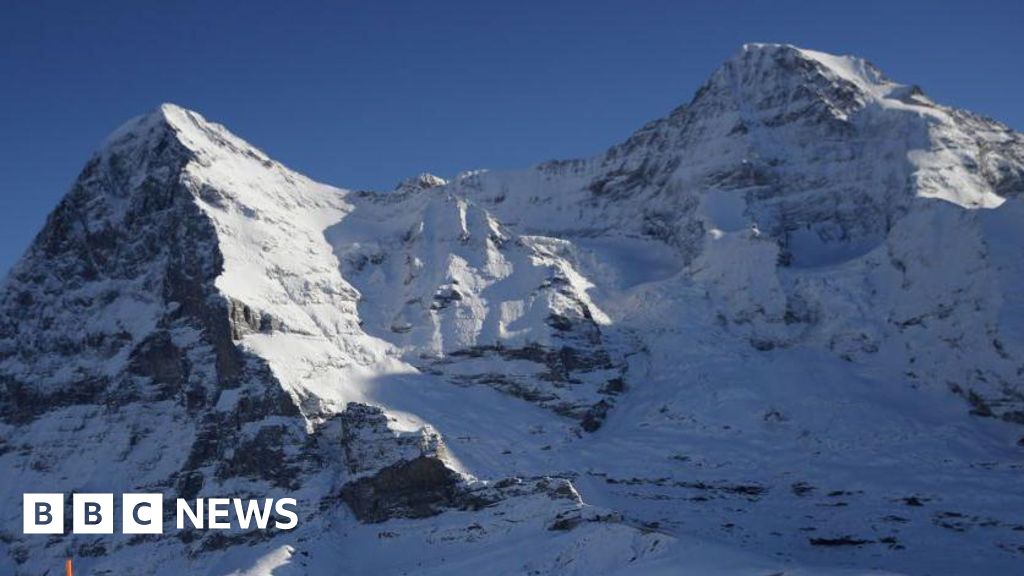Peru's Most Dangerous Travel Route Through the Andes Mountains Pushes Daily Bus Commuters to Brave Sheer Cliffs and Deadly Drops - Travel And Tour World
Saturday, May 17, 2025

In Peru’s remote Andean highlands, what might seem like an adventurous travel experience is a terrifying daily reality for local commuters. Every day, residents rely on one of the world’s most dangerous mountain roads to access essential services, despite the extreme risk posed by sheer cliffs, narrow switchbacks, and sudden drops plunging over one thousand metres. This deadly route is not a tourist attraction—it is a lifeline carved through the unforgiving terrain of the Andes, where travel means risking everything just to reach the next town.
In the rugged heart of the Peruvian Andes, a harrowing journey unfolds daily—one that is both a lifeline and a gamble with fate. Stretching across Peru’s highest mountain range, an infamous bus route has earned a chilling reputation as one of the most treacherous in the world. Here, steep cliffs and unforgiving switchbacks aren’t the exception—they are the rule. Locals call it “The Horse Killer,” a name that reveals both the route’s deadly past and the high stakes of every trip.
Despite the extreme dangers, this narrow road remains an essential connection for thousands of people in the region. It links isolated mountain communities to critical services, such as schools, hospitals, and regional markets. For many Peruvians, it’s not a scenic adventure—it’s simply their only way to get to work, visit family, or access medical care.
This death-defying route plunges a staggering one thousand meters down a sequence of hairpin bends and unguarded ledges. The slightest miscalculation or unexpected road condition can mean the difference between life and death. Yet, every day, buses loaded with passengers navigate the path with a sense of routine that belies the ever-present danger.
A video produced by BBC Earth Explore showcases the gravity of this perilous journey. In it, viewers are taken into the daily life of a Peruvian bus driver who has spent more than a decade mastering the route. His name is Glorioso, and his calm demeanor stands in stark contrast to the dramatic cliffs and precarious curves that define his drive.
As his bus winds down the steep switchbacks, the vehicle’s tires hover mere centimeters from the abyss. Passengers sit in silence or gaze nervously out the window, aware that a single wrong turn could result in a deadly plunge. Along the way, roadside memorials mark the locations where other travelers were not as fortunate—solemn reminders of the route’s grim legacy.
What makes this road so dangerous is not just its sheer drops or narrow passages, but the unpredictable encounters with oncoming vehicles. In many places, there is no room to pass. When two buses or trucks meet on a particularly tight corner, one must reverse—sometimes for several meters—until a wider patch allows safe passage. Drivers must communicate through honks, hand gestures, and sheer intuition, often without visibility beyond the next turn.
These drivers, many of whom have operated the route for years, develop a near-instinctive awareness of every bend and blind spot. The mountains demand their respect, and the most experienced among them have learned to adapt, driving not with haste but with measured confidence. Their skill is what allows these rural areas to stay connected with the broader region.
Despite the risks, there is a kind of order in this chaos. Drivers understand the stakes. They don’t rush, knowing speed is the enemy on such a route. Vehicles move at a crawl through the most dangerous sections, their engines growling under the strain of steep inclines and sharp declines. Brakes are carefully managed to avoid overheating or failure, especially during long descents.
In the lower reaches of the valley, the journey becomes even more difficult. Rockslides, sudden changes in weather, and eroded road edges only add to the danger. During rainy seasons, the route becomes particularly hazardous as muddy surfaces reduce traction and visibility plummets under thick fog or torrential downpours.
Yet, for all its risks, this road is also a symbol of resilience. It represents the strength of communities that have carved a life from the side of a mountain. In towns connected by this perilous passage, people have learned to coexist with the road’s dangers, turning fear into familiarity. Children grow up watching the buses maneuver these paths, and many eventually take their own first rides on them, stepping into a tradition passed down by generations.
Authorities have made efforts to improve infrastructure in remote Andean regions, but the terrain itself poses major challenges. Building safer roads requires immense resources and engineering capabilities that often exceed what is currently feasible in such remote areas. As a result, locals continue to rely on the only route available to them—accepting the inherent risks as part of everyday life.
While tourists may gape in awe at such a route, for those who live along its winding spine, the road is an indispensable part of survival. It delivers medicine, mail, food, and news from the outside world. Without it, these highland communities would be cut off from essential services and opportunities.
In the Peruvian Andes, locals face a deadly daily commute along one of the world’s most dangerous travel routes, where sheer cliffs and narrow switchbacks make every journey a life-risking necessity.
In this part of Peru, bravery takes the form of quiet determination. Each journey is a calculated risk, each driver a steward of safety, each commuter a witness to the stark beauty and danger that defines life in the mountains. Despite the tragedies that have unfolded along its curves, the road endures—an artery of peril and perseverance winding through the Andes.








